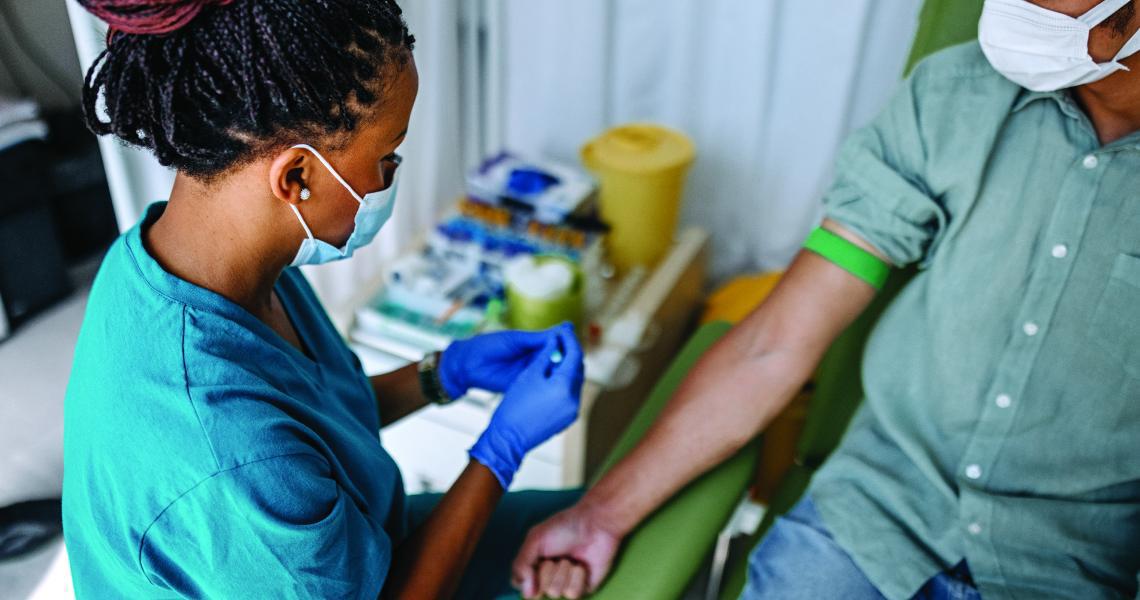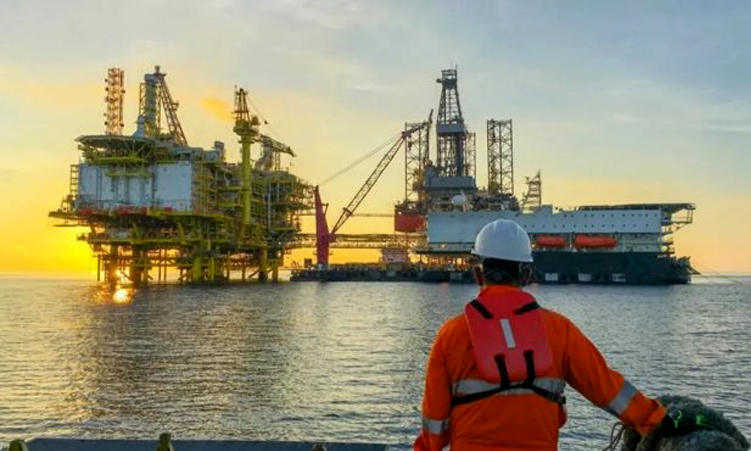THE gains of anti-retroviral treatment for people living with HIV-AIDS are being eroded by resistance the virus is building up against some of the drugs, a local doctor has warned.
Dr Ismael Katjitae informed delegates at a medical congress in Windhoek on Friday that about 19 000 AIDS patients had received anti-retroviral treatment (ART) at Government hospitals and clinics over the last three years, but cases of resistance to some drugs had been spotted. “Those patients are doomed if the virus also resists second-line drugs,” Katjitae warned.First-line drugs are the most common ones used in the ART treatment and are cheaper.”Patients are then changed to second-line drugs, which are more expensive.If they build up a resistance to those drugs, we speak of treatment failure and we had 20 [such] patients in Namibia so far,” the doctor said.Of the 20 patients found to have a resistance against the most common anti-retroviral drugs, five were found to be resistant to other drugs as well.”This is a scary scenario; those patients are doomed,” Katjitae said.Another danger was the possible spread of that particular strain of the drug-resistant HIV virus in Namibia.”We will have to use more complicated drugs and that will make ART in Namibia more costly.”Katjitae said resistance against some of the ARV medication was also observed in other countries, including South Africa.Of the 19 000 AIDS patients on ART in Namibia, 84 per cent were adults and 64 per cent of the adults were women, according to Katjitae.Only five per cent or 950 of patients on the Government’s ART treatment have died until now and only two per cent of all patients defaulted on their treatment.”This is a good success rate,” Katjitae said.Namibia has about 230 000 HIV-infected people.So far, US$7,4 million has come from the Global Fund against Tuberculosis, Malaria and AIDS towards Namibia’s fight against HIV-AIDS, while the US government has contributed US$30,1 million since 2004.”Those patients are doomed if the virus also resists second-line drugs,” Katjitae warned.First-line drugs are the most common ones used in the ART treatment and are cheaper.”Patients are then changed to second-line drugs, which are more expensive.If they build up a resistance to those drugs, we speak of treatment failure and we had 20 [such] patients in Namibia so far,” the doctor said.Of the 20 patients found to have a resistance against the most common anti-retroviral drugs, five were found to be resistant to other drugs as well.”This is a scary scenario; those patients are doomed,” Katjitae said.Another danger was the possible spread of that particular strain of the drug-resistant HIV virus in Namibia.”We will have to use more complicated drugs and that will make ART in Namibia more costly.”Katjitae said resistance against some of the ARV medication was also observed in other countries, including South Africa.Of the 19 000 AIDS patients on ART in Namibia, 84 per cent were adults and 64 per cent of the adults were women, according to Katjitae.Only five per cent or 950 of patients on the Government’s ART treatment have died until now and only two per cent of all patients defaulted on their treatment.”This is a good success rate,” Katjitae said.Namibia has about 230 000 HIV-infected people.So far, US$7,4 million has come from the Global Fund against Tuberculosis, Malaria and AIDS towards Namibia’s fight against HIV-AIDS, while the US government has contributed US$30,1 million since 2004.
Stay informed with The Namibian – your source for credible journalism. Get in-depth reporting and opinions for
only N$85 a month. Invest in journalism, invest in democracy –
Subscribe Now!










